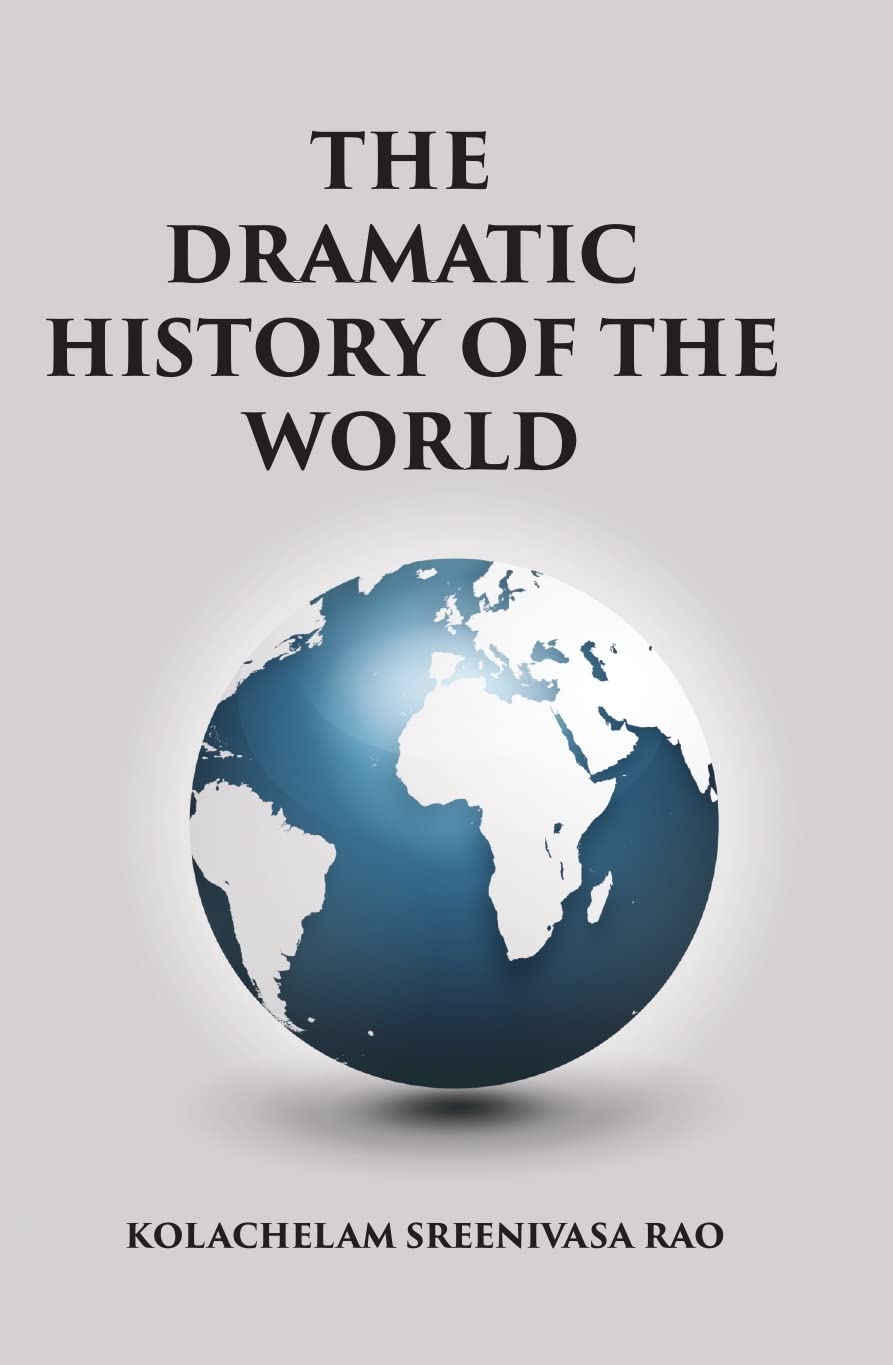Dramatic History of the World - PB
Dramatic History of the World - PB
Couldn't load pickup availability
The object of this work is to furnish a brief summary of the origin and progress of the dramatic representations from the remotest times, to show that every element that helps the formation of dramatical representation was created by highly revered sages for the entertainment of the people. This not a story of the world but, rather, a summary of the different works of drama written by poets at different times in history and at different places. Part on of this work details Europe noticing the main countries separately part 2 covers the rest of the world. The major chunk of part 2 discusses India and the rest of Asia, America, Australia and Africa are covered in a few pages devoted to each. This book is a reprint of the 1908 edition. Kolachalam Srinivasa Rao was a noted dramatist from Bellary, India. A pleader and a non-professional theatre practitioner from Bellary, Srinivasa Rao belonged to the family of Mallinatha Suri, the world-famous writer acclaimed as Vyakyatha Shiromani. He became famous after publishing the English translation of Prapancha Nataka Charitra (The Dramatic History of the World) in 1908. His family was a very learned one. Even in childhood he was accomplished in Sanskrit and Telugu, and was familiar with Kannada. English was acquired at school. He took to Law. Srinivasa Rao's second elder brother Venkata Rao was a lawyer and in a high position, who was later elected as a member of the Madras Assembly. Under the guidance of his elder brother, Srinivasa Rao's literary effort flourished without a break. He was further helped by the local environment in Bellary where the drama movement was flourishing with redoubled vigour. In such a conducive atmosphere, wrote his magnum opus, as well as dramas, commentaries on the Vedas and other literary works. His first drama was Sunandini Parinayam, published around 1894–95, after which he wrote about 30 plays.
Share

